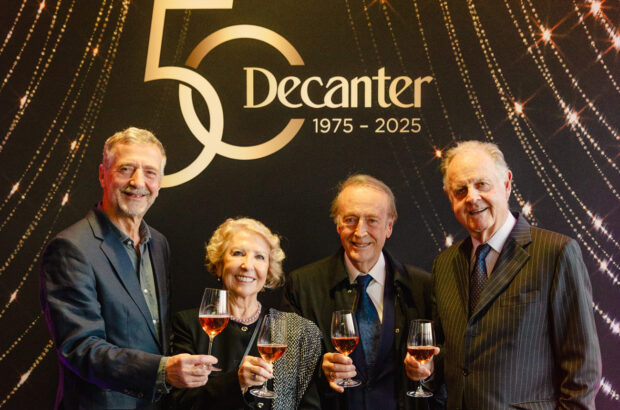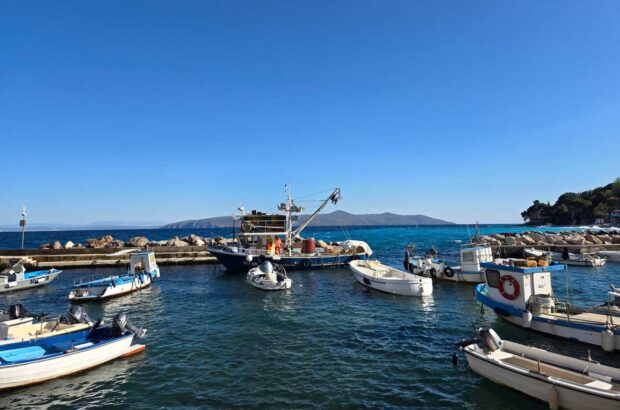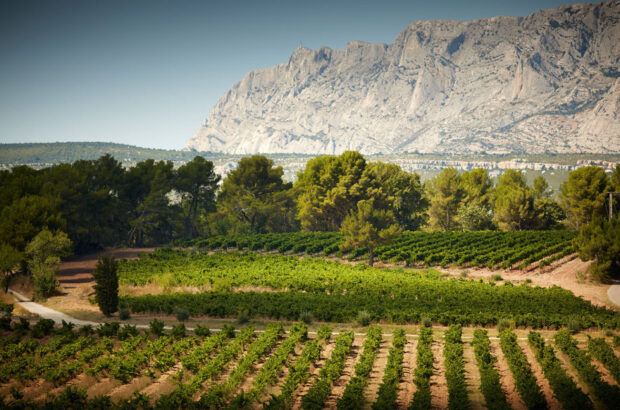See Decanter's vintage guide for Médoc and Graves 2008.
Médoc and Graves 2008
Keep
Classic, ripe Bordeaux, though lacking ultimate wow factor and quality does vary. Dry whites more uniformly successful. Very low yielding and earlier maturing than usual.
Weather Conditions
A dull, wet, stormy March brought slow, uneven budburst, with the patchy development compounded by a severe frost 6-7 April. Pessac-Léognan was hit hardest losing up to half its white crop in places.Uneven flowering and poor berry set typified a dreary May (second wettest since 1946) and a hail-hit June, with mildew an added problem. At least July’s dry sunny weather permitted extensive green harvesting, to remove the many stunted berries.
Brakes were still on progress during a cool, sodden August, but then came sunshine. From mid-September to mid-October daytime temperatures averaged 22 degrees C and warm Atlantic breezes hastened ripening and kept grapes healthy. Sauvignon Blanc was mostly picked ahead of the Indian summer, but growers hung on to harvest reds a good fortnight later than usual.
Best Appellations
Uneven fruit set and high rainfall meant success came easier to those producers with the resources to rigorously sort the fruit, both on the vine and in the winery. And quality does vary, particularly in Haut-Médoc and more southerly appellations.
Yet 2008’s late sunshine came at just the right moment in the grapes’ hitherto sluggish development for reds to achieve full ripeness, and the best wines are deeper coloured, richer and more concentrated than anyone expected.
Later-ripening Cabernet reaped most benefits, and it’s the high Cabernet Sauvignon blends of Pauillac and Saint-Julien that set the red standard: densely ripe, vibrant, powerful and fragrant, with a fleshy firmness and strong but not hard tannins. The dry whites, too, are a relative success story: fresh, floral, citrussy with zippy acidity and terroir evident.
Best Producers
Reds: first growths, particularly châteaux Latour and Haut-Brion. Pauillac: châteaux Pontet-Canet, Pichon-Longueville-Baron, Lynch-Bages; Margaux: châteaux Palmer, Rauzan-Ségla, Clos des Quatre Vents; Saint-Estèphe: châteaux Cos d’Estournel (with its smallest yield ever barring frost-beleagured 1991 vintage), Calon-Segur, Montrose; Saint-Julien: châteaux Léoville-Las-Cases, Ducru-Beaucaillou, Léoville Barton, Saint-Pierre, Léoville Poyferre; Haut-Medoc: châteaux La Lagune, La Tour Carnet; Graves: châteaux La Mission-Haut-Brion, Malarctic-Lagravière..
Pessac whites: châteaux Haut-Brion, Domaine de Chevalier, Laville Haut-Brion, then Malartic-Lagraviere & Pape-Clement.







